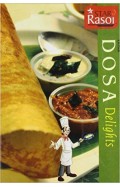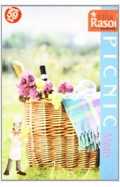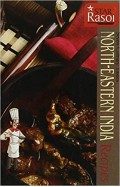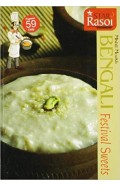The Antiquities of Banbhore
By: Dr Muhammad Rafique Mughal
-
Rs 13,500.00
- Rs 15,000.00
- 10%
You save Rs 1,500.00.
Due to constant currency fluctuation, prices are subject to change with or without notice.
The Antiquities of Banbhore: An Early Islamic Port City in Southern Sindh has materialised through the pen of Dr Muhammad Rafique Mughal, a renowned archaeologist of Pakistan and an internationally acknowledged scholar in the field, who has, in a simple yet convincing manner, merged hard-core archaeological data with events in the historic panorama of Sindh.
His book, a voluminous coffee table edition, is a gold mine, containing an inexhaustible reservoir of material and information for research in the field of archaeology and culture.The book is structured in various parts, initially highlighting the brief history of the excavations and the areas excavated and exposed, followed by the chronological sequence established from the antiquities, dated inscriptions, calligraphy, objects and sculptures associated with well-known periods of history and stratigraphy revealed during the excavations.
The structural remains exposed during the excavations and the contextual artifactual evidence compliment one’s understanding of the ancient city of Banbhore. Given at the end of the book is the accession register of the antiquities, comprising nearly 8,000 antiquities, which is of utmost importance.
The Antiquities of Banbhore: An Early Islamic Port City in Southern Sindh has materialised through the pen of Dr Muhammad Rafique Mughal, a renowned archaeologist of Pakistan and an internationally acknowledged scholar in the field, who has, in a simple yet convincing manner, merged hard-core archaeological data with events in the historic panorama of Sindh.
His book, a voluminous coffee table edition, is a gold mine, containing an inexhaustible reservoir of material and information for research in the field of archaeology and culture.The book is structured in various parts, initially highlighting the brief history of the excavations and the areas excavated and exposed, followed by the chronological sequence established from the antiquities, dated inscriptions, calligraphy, objects and sculptures associated with well-known periods of history and stratigraphy revealed during the excavations.
The structural remains exposed during the excavations and the contextual artifactual evidence compliment one’s understanding of the ancient city of Banbhore. Given at the end of the book is the accession register of the antiquities, comprising nearly 8,000 antiquities, which is of utmost importance.
The Antiquities of Banbhore
By: Dr Muhammad Rafique Mughal
Rs 13,500.00 Rs 15,000.00 Ex Tax :Rs 13,500.00
Zubin Mehta: A Musical Journey (An Authorized Biography)
By: VOID - Bakhtiar K. Dadabhoy
Rs 892.50 Rs 1,050.00 Ex Tax :Rs 892.50
The Origins of Political Order From Prehuman Times to the French RevolutioN
By: Francis Fukuyama
Rs 4,045.50 Rs 4,495.00 Ex Tax :Rs 4,045.50
Manning Up: How the Rise of Women Has Turned Men into Boys
By: Kay Hymowitz
Rs 845.75 Rs 995.00 Ex Tax :Rs 845.75
The Obama Syndrome: Surrender At Home War Abroad
By: Tariq Ali
Rs 1,100.75 Rs 1,295.00 Ex Tax :Rs 1,100.75
The Quest For Meaning: Developing A Philosophy Of Pluralism
By: Tariq Ramadan
Rs 1,185.75 Rs 1,395.00 Ex Tax :Rs 1,185.75
No recently viewed books available at the moment.
Zubin Mehta: A Musical Journey (An Authorized Biography)
By: VOID - Bakhtiar K. Dadabhoy
Rs 892.50 Rs 1,050.00 Ex Tax :Rs 892.50
The Antiquities of Banbhore
By: Dr Muhammad Rafique Mughal
Rs 13,500.00 Rs 15,000.00 Ex Tax :Rs 13,500.00














-120x187.jpg?q6)







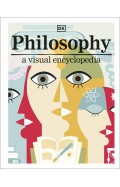
-120x187.jpg?q6)

